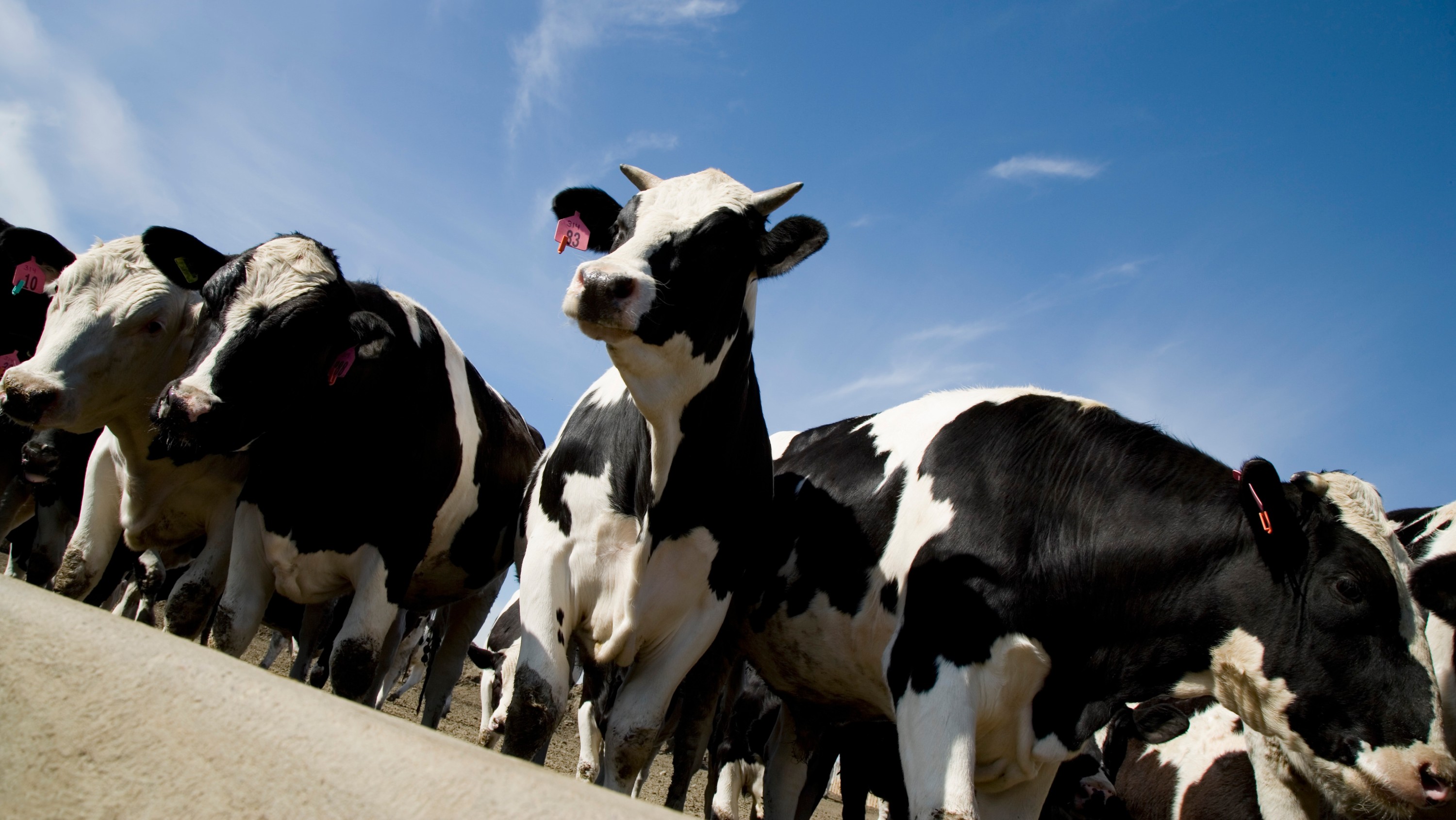A groundbreaking idea from a University of Alberta scientist could finally crack the code behind one of the most stubborn diseases in the dairy industry — and lead to a new understanding of human health.
Milk fever, a serious condition that strikes dairy cows around the time they give birth, has long been blamed on a drop in blood calcium. That dip can lead to muscle weakness, inability to stand and, in severe cases, death.
But despite the standard treatment — administering extra calcium to the animal — milk fever remains a costly and common problem on farms around the world.
Now, professor Burim Ametaj is offering a breakthrough perspective called the Calci-Inflammatory Network, a concept that reimagines milk fever not as a simple calcium deficiency, but as a complex biological response to inflammation.
“This is a paradigm shift that challenges decades of thinking,” says Ametaj, a nutritional immunobiologist in the Faculty of Agricultural, Life & Environmental Sciences.
“Instead of seeing low blood calcium as a malfunction, we now believe it could be part of the body’s intelligent strategy to control inflammation after calving.”
In other words, the cow’s body might actually be lowering its own calcium levels on purpose, to protect itself, he says.
Inflammation naturally rises after calving, and Ametaj’s research suggests that reducing calcium may help to dampen harmful immune overreactions, like excessive activation of immune cells and the spread of bacterial toxins.
In this view, milk fever becomes not a simple disease of deficiency, but a sign that deeper systems — immunity, hormones and metabolism — are out of balance.
By unlocking this hidden complexity, the Calci-Inflammatory Network could lead to more targeted treatments by adjusting calcium therapy not just to “refill the tank,” but to align with the cow’s immune state, genetic profile and stage of recovery, Ametaj suggests.
That could mean fewer sick cows, less antibiotic use, and better outcomes for dairy producers and animal welfare, he notes.
“Understanding milk fever through this new lens helps us develop a precision approach to prevention and therapy,” Ametaj explains.
“It’s about seeing the cow as a whole, dynamic system — not just fixing one number in a blood test.”

